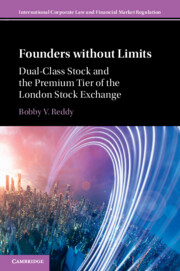This article analyses, from a comparative law and economics perspective, the regulatory regimes for the stabilisation of share prices during IPOs in the United States and the European Union. Pure stabilisation, which is the principal form of stabilisation forms the focus of this study. With respect to ancillary stabilisation, i.e., the overallotment facility and greenshoe option, Germany and Italy are taken as examples for describing the concrete functioning of the discipline in Europe as compared to the United States. First, the article argues that the economic rationality of pure stabilisation may cast doubt on its effective use because of its high potential costs. Furthermore, a credible commitment problem of the syndicate's intervention may lead to a possible discrepancy between the ratio legis of the prospectus disclosure discipline and the ratio legis of the pure stabilisation activity. Second, the article shows that the judgement on the proper working of ancillary stabilisation crucially depends on the binding or non-binding character of investors' adhesions with respect to the final price setting, i.e., on something that is regulated by European law and national contract law.


